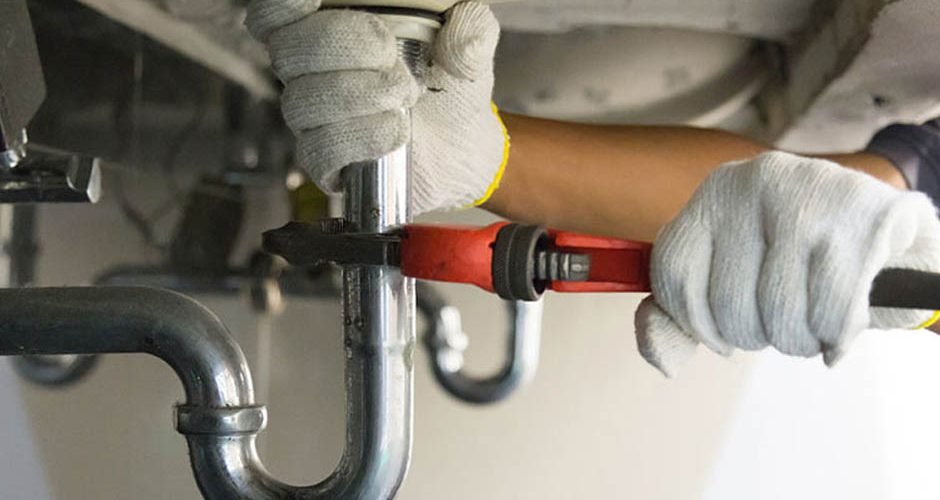A leaking sink can be problematic, especially if you have little experience fixing plumbing issues. There are numerous places your sink can leak from, meaning there are numerous causes and fixes.
Before you can repair the leak, you’ll need to locate where the leak is coming from. To fix your sink’s leak, you’ll also need to understand the basic design of a sink. Most sinks will have a faucet, a control that regulates water flow and temperature (faucet handles) and a basin. Underneath, there’s a tailpiece pipe that takes water away from the sink, water supply lines that supply the controls, a p-trap pipe, and a shutoff valve.
To locate where your leak is coming from, thoroughly inspect all the sink components and look closely for any pooling water. Afterwards, you can get started on diagnosing and fixing your leak. We’ve compiled a list of common causes of leaks and ways to fix your leaking bathroom sink.
Table of Contents
Leak from Faucet
If you have a slow leak from your sink’s faucet, you may need to tighten the sink drain connections. If your faucet is old or worn out, you could also consider replacing the unit altogether.
You can also replace the cartridge in your sink. The cartridge is usually located underneath the handle and controls the flow of hot and cold water. The cartridge can easily be replaced using the tools in a faucet repair kit, which can be bought at any hardware store.
Just be sure to turn off the water supply to the sink before you attempt any repairs.
Leak from Shutoff Valves
If your sink leaks from the shutoff valve, you’ll want to turn the main water supply off first. Some valves can be tightened if screwed on with a compression fitting. Suppose the shutoff valves are soldered on. In this case, you’ll need to contact a professional plumber like Birnie Plumbing to fix it.
Leak from the Drainpipe
Leaks from the drainpipe are tricky to fix since you need to remove the p-trap before you can do any work on the drainpipe. However, if you want to give it a go, there are several reasons a drainpipe could leak.
Firstly, watertight connections between the plumbing components are called compression nuts. Like any piece of hardware, these nuts can wear out or be improperly installed. If this is the case, you can simply tighten the nuts or replace them with new ones.
The size of the drainpipe can also cause leaks. If the pipe is too long or too short, you can experience persistent leaks or bursts of water. If you suspect your drainpipe may be the wrong size, it’s best to call a plumber to come evaluate your setup.
Leak from the P-Trap
The p-trap is the curved part of the pipe underneath your sink. The purpose of the p-trap is to prevent toxic gases from the sewer from coming up through the drain. It also traps any debris that goes down your drain from making it deeper into your plumbing system, where it could cause a bigger problem.
The p-trap is attached to the drain with slip nuts. If water leaks from this area, you can tighten the slip nut connecting the p-trap to the sink pipe. You can try doing this by hand or using a wrench. If you’ve tightened the nuts and you’re still experiencing leaks from the p-trap, the issue may be an ill-fit or an old component. In this case, you’ll need to replace the entire p-trap.
Leak from the Flange
The flange is the piece that connects the sink’s drain to the tailpipe. The flange creates a tight seal underneath the sink. If this component is leaking, it’s best to contact a plumber to fix this, as you need to disconnect multiple pieces to get to the flange. If you want to attempt the repair yourself, take note of the order in which you removed the pieces to get to the flange, as this will make reassembly much easier.
Leaks from the Hose
A worn-out hose could be causing leaks under your sink. Inspect the hose for any obvious holes. Remove the hose and inspect the gasket to see if it is worn or damaged. Finally, if the hose is nearing ten years old, consider replacing it, as most stainless-steel hoses last around a decade.
Call your local plumber if you can’t locate the leak’s exact location or can’t seem to fix it yourself. They’ll be able to identify and repair the problem area using the right tools.





